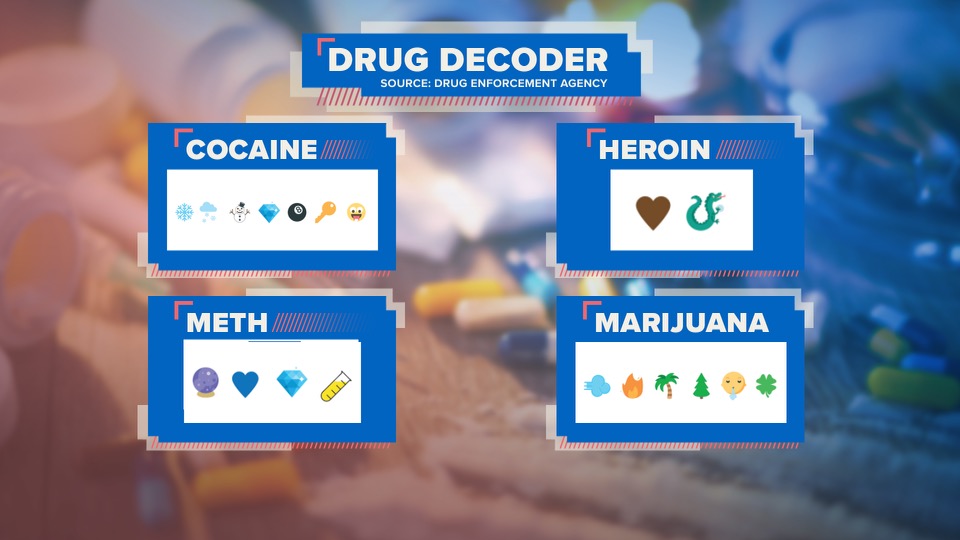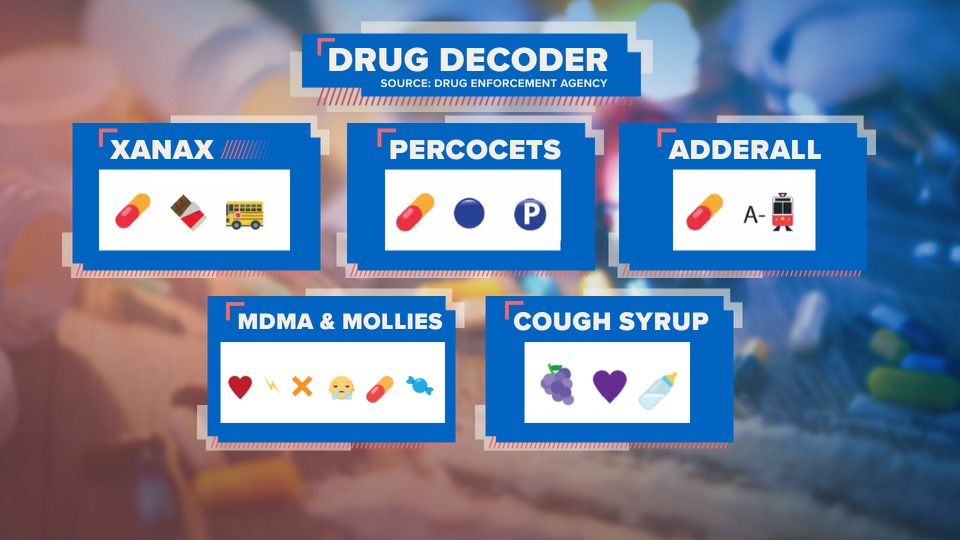Fentanyl-related mass overdose events on the rise
(NewsNation) — The U.S. Drug Enforcement Agency has sent out an alarming warning about a nationwide spike in drug overdoses.
It’s due to a dangerous “secret” ingredient being added to many drugs , some of which are quite common.
It’s a trend we’re hearing about far too frequently — fentanyl-related drug overdoses.
This week, prosecutors charged two southern California men after authorities allegedly found “enough fentanyl to kill 4.7 million people” in their van, according to NewsNation Los Angeles affiliate KTLA.
This year alone, the DEA has seized more than a million counterfeit pills made to look like oxycontin, Percocet, Vicodin, Adderall, Xanax and even Tylenol.
The Centers for Disease Control and prevention says in a one-year period, more than 105,000 Americans died of drug overdoses, and about two-thirds of them were because of synthetic opioids such as fentanyl.
Amanda Eubanks, Michelle Leopold and Gina McDonald joined NewsNation’s Ashleigh Banfield on Thursday to discuss the topic that, unfortunately, hits close to home.
Eubanks says her 13-year-old son Luca had no idea that the counterfeit he was given had enough fentanyl to fatally poison him.
“Luca had spoken with a Snapchat dealer, and he gained his trust by selling him marijuana. And then my son was offered a Percocet, and unfortunately it wasn’t a Percocet at all but pure fentanyl,” Eubanks said.
Trevor Leopold had a similar story.
“He ended up dying in his dorm room as a freshman at Sonoma State, California in November of 2019 from a blue thirty, now better known as dirty thirty, which had a lethal dose of fentanyl,” Trevor’s mom, Michelle said.
Gina McDonald is the co-founder of “Mothers Against Drug Deaths” because of her daughter’s experiences with drug use.
McDonald hopes her story will keep kids from losing their lives and futures to fentanyl.
It takes just two milligrams of fentanyl to kill the average person.
The DEA has created an “emoji drug code” guide to help parents find hidden drug-related messages in their children’s texts.

The guide, published in December on the DEA website, “decodes” various emojis used online.

“The Drug Enforcement Administration is aware of drug trafficking organizations using emojis to buy and sell counterfeit pills and other illicit drugs on social media and through e-commerce,” the document said.










